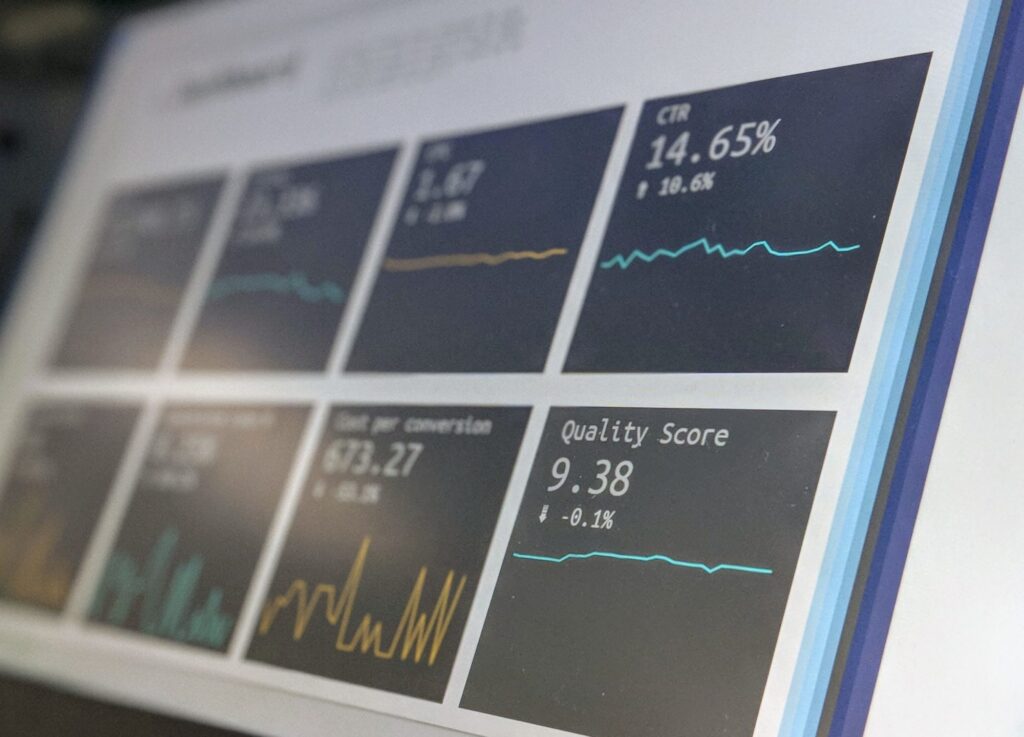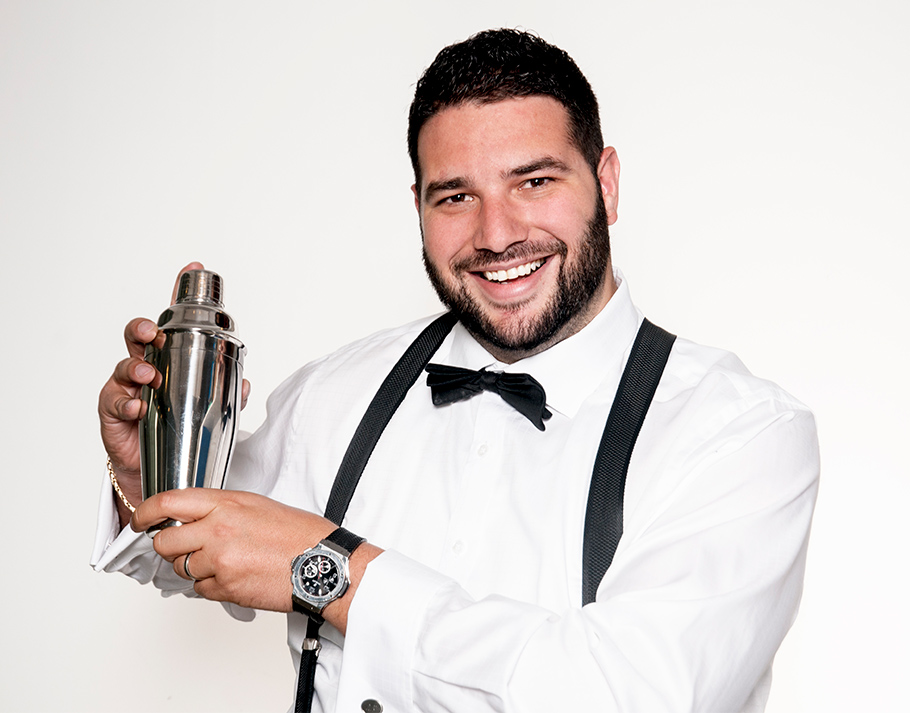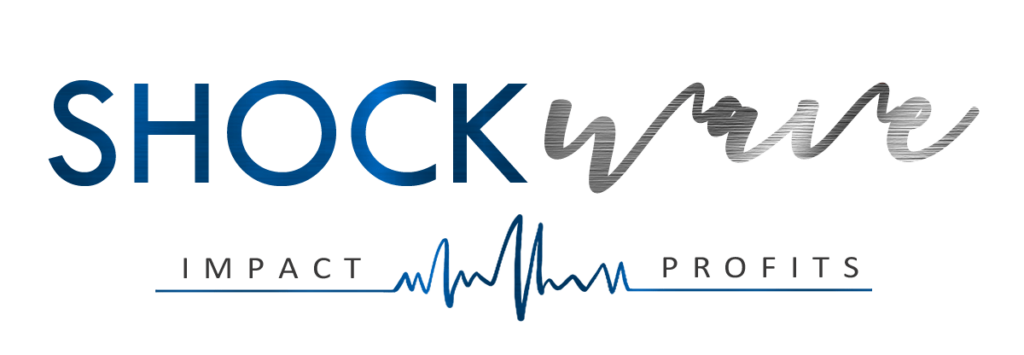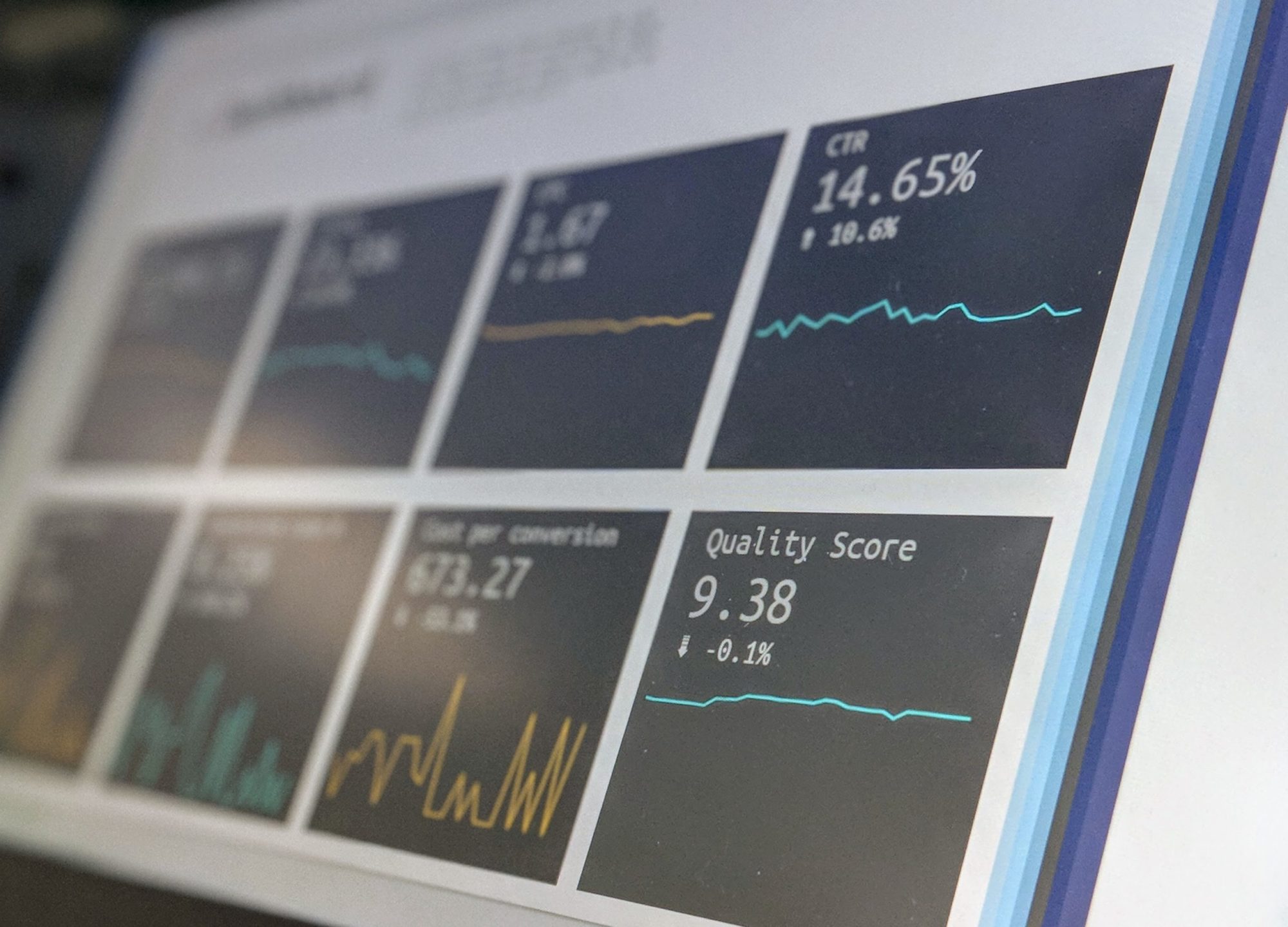The Guide To Gaining & Growing Affiliates Interest!

Today, our focus is going to be on how to use key metrics as well as sales funnels to make your offer, product, or brand attractive to affiliates. When you imagine affiliates, think of them as independent, for-hire media buyers; they help your offer acquire more customers, sell more units, etc. for a predetermined fee. To make a long story short – if that predetermined fee doesn’t exceed the amount of time/effort/money that will be put into promoting your offer, there will be no interest.
So let’s jump into those key metrics, why they are important to affiliates, and how to use these points to attract more affiliate interest.

We operate an affiliate network of media buyers focused on e-commerce physical goods, as well as a full service performance marketing agency for strategy, development, creative design and execution of paid media campaigns on virtually all major traffic platforms. What makes us unique in the space, however, is that we’re merchants ourselves. We practice what we preach with our own brands, and have had many 7-figure sales days in the last two years.” -Adam Pivko, DFO Global
EPC:
The most important concept to consider when working to attract more affiliates is to understand and improve your product or offers’ Earnings Per Click, or EPC. EPC is a calculation of how attractive your offer is to run based on current metrics.
How do I calculate my EPC?
EPC can be calculated in a few different ways, but to make it simple to understand, EPC = Conversion Rate % (CVR) X Cost-per-acquisition (CPA).
What is a “good” EPC?
In the current landscape, most affiliates look for offers with an EPC of $1.50 or higher. A $2.00 EPC is great, and over $3.00 – obviously is a no brainer.
What’s great about EPC is that it is, for the most part, in the merchant’s/advertiser’s control. You can make a better (or worse!) converting page, in turn resulting in paying more or less to acquire customers, sales, etc..
Once we understand the EPC – the goal, then, is to improve conversion rates as well as average order and lifetime customer values. Let’s jump into how best to do that.
FOR EXAMPLE:
Let’s look at a $2 EPC and a store that converts visitors to buyers at a rate of about 1.5%.
Since we know EPC = CVR x CPA, we can solve for the CPA using EPC/CVR = CPA.
Therefore, to $2 (EPC) / 1.5% (CVR) = $133 (CPA). This tells us the store owner effectively needs to pay $133 each time someone buys their product.
**In most businesses this is typically not financially feasible, especially in a straight-sale model general store.**
Sales Funnels:
Sales funnels are a path your customer takes when they engage with your product, service or brand. We always strongly recommend building out sales funnels and combining them with paid media campaigns.

What’s unique about sales funnels are they are designed in a way that:
• eliminates distractions (i.e. selling other products)
• minimizes choices and decisions
• clearly defines the benefits of your product or offer
• facilitates a friction-free purchase experience.
Combining these two practices with a good product is a great way to improve conversion rates. I’ve seen that 1.5% conversion rate jump to 5%, 7% or even 12%!
Using our previous example formula, $2 (EPC) / 5% (CVR) yields a $40 customer acquisition cost – quite a bit less than the aforementioned $133.
AOV:
Next, we want to tackle improving your Average Order Value (AOV). When done correctly, this will make that $40 customer acquisition cost feel like a drop in the bucket.
Think about your last trip to a big-box retail store. More likely than not, it had “sales” or “deals” at the entry point, as well as a shopping cart or basket, which makes it much easier to carry – and buy – more stuff.
Now, keep thinking about that same trip. Remember waiting in line to checkout? You were probably surrounded by great add-to-cart options. Thirsty? Here are sports drinks. Out of gum? Here’s a whole pack. Raining? Here’s an umbrella!
The point is: these are all examples of how stores are designed to maximize AOV. The sales, deals, and cart at the beginning of your journey are designed to entice and make it easy for you to buy what you need. The upsells at checkout are largely the same; this is an easy, friction-free purchase. It requires almost no thinking.
These same principles can be used to help raise AOVs in your online store. Offer customers a great product, then just before paying, deliver an upsell experience that offers a bigger discount on multiple units of the product, or complementary products. These are sure-fire ways to increase your customer’s AOV. We’ve seen upsell take rates range anywhere from 15%- 65% depending on combinations.

LTV:
To illustrate what Lifetime Value (LTV) is, think back again to your last trip to that big-box store. Did the store have everything you needed? Are they aligned with a charity? Was their customer service stellar? These are variables that make consumers come back to the store. These same principles can be applied to online stores. As a product owner, it’s important to put LTV at the forefront of everything you do. Good customer service, stellar delivery times, well-manufactured products – if you’re checking these boxes, getting customers to buy from you again is easy – and the one-time CPA you paid to acquire that customer earns a significant ROI.
CPA:
Every business has a Cost Per Acquisition (CPA), or the amount of money required to acquire one customer (or make one sale). There are a few key things to know and understand about CPA. The businesses that are able to scale successfully are those who understand that it’s not about getting this metric as low or as high as possible, but rather to a point where it’s both cost-effective for your business to acquire customers while also remaining attractive to affiliates. This balance ensures room for both cash-flow and to scale. In the affiliate marketing model, the CPA usually remains flat. This means that affiliates are paid according to that fixed CPA amount as opposed to a percentage of revenue, or RevShare (which can become costly as a product or offer scales).
Quick Ideas for Stretching the Value on a CPA Include:
• Incentivize customers to refer a friend
• Test out new product offerings
• Run sales/promotions
• Liquidate unwanted inventory
• Seek and use user-generated content
• Testimonials and reviews
• Viral content
• Customer surveys
To wrap things up I’ll leave you with one final piece of advice – Don’t overlook data. Use the feedback your customers are giving you to make changes and optimize your pages, copy, product, etc. It can only go up if you listen and use information in this way.

Adam Pivko – DFO Global
MBA / VPS trategic Partnerships
Email: Adam.Pivko@dfo.global
Skype: Adam.Pivko
Telegram: @Apivko
Web: https://dfo.global

